Interview with Linda Schroeder, author of 'Artists and Thieves'
Linda Schroeder divides her time
between the bright sun of California and the high mountains of Colorado. She
has a Master’s degree in English and one in Communicative Disorders/Audiology.
In addition to her novel, Artists &
Thieves, she has published a college text.
Her early interest in English expanded to include
language disorders and she began a second career as an audiologist and aural
rehabilitation therapist working with deaf and hard-of-hearing children and
adults.
Currently, she studies and practices Chinese
brush painting, celebrating the vitality and energy of nature. She follows art
and art theft blogs and writes her own blog about art and sometimes includes
reviews of novels. She is working on two more novels, a second Mai Ling novel
about the Diamond Sutra, and a Sammy Chan art mystery about the forgery of a
Goya painting.
You can visit her website at www.artistsandthieves.com.
Q: Welcome to The Writer's Life, Linda. Can you tell us how long
you’ve been writing and how your journey led to writing your latest book,
Artists & Thieves?
I’ve been writing for many years. In my career working with people with language and hearing difficulties I constantly wrote clinical reports, business letters, and research projects. When I retired, I wanted to get back to the creative use of language--my first Master’s degree was in English. I enrolled in a class on how to write a mystery novel at UCSD. I wanted to write a traditional detective story but the plots I tried--kidnapping, murder, huge bombs exploding--absolutely did not work for me. I discovered I wanted to create characters who were passionate about life, not killers. I kept the mystery genre but used art and artists to explore the opposite attitudes of greed and the need to possess things versus respect for beauty and the need to honor it.
Q: How did you choose your title and was it your first choice?
Choosing a title wasn’t easy. My first working title was Camera Obscura because the art object in the story is an ancient Chinese bronze bowl depicting a camera obscura. But there is a UK band named Camera Obscura so I gave that up and tried The Oracle’s Bowl, The Bronze Bowl, and several others. Finally I chose Artists & Thieves simply because the characters are artists and thieves. Sometimes the obvious works best.
Q: We all know that publishers can’t do all of the publicity and that
some lies on the author. What has your
publisher done so far to publicize the book and what have you done?
My publisher had a distributor who, when the book first came out, represented the book to the major book chains. But publisher and distributor parted. My publisher referred me to a major publicist but, frankly, he cost a whole lot of money which I didn’t have. Locally, I enjoy book signings and talking to mystery groups like SistersInCrime and The Mystery Club. Now I am doing a Internet author tour.
Q: Open to a random page in your book.
Can you tell us what is happening?
This is one of my favorite scenes and a hard one to make clear to the reader. The random page, and I actually did open to a random page, lands us in the middle of a Marx Brothers-type scene with six characters moving in and out of rooms. The heroine, Mai Ling, has just broken into the art collector’s mansion at the kitchen door to recover the looted Chinese bowl. Her rival and former lover, Hunter, has just entered at the veranda door intent on stealing the bowl. At the same time, the art collector’s widow of two hours arrives home with three friends and they enter through the front door. In order for the reader to understand that the six characters are acting simultaneously, I show precisely where each one is using separate paragraphs, and then visually reinforce that on the page by using three line spaces between paragraphs as the action jumps from one to the other.
Q: Do you plan subsequent books?
Yes. I’m writing two more art mysteries. I don’t work from outlines. I am a “blank page” writer. I stare at the computer screen and write hoping to find the characters and plot. That requires a lot of rewriting but leads to wonderful inspirations. I’m working on a second Mai Ling adventure involving the first century Buddhist scroll, the Diamond Sutra. The Diamond Sutra is real. The second novel is an art forgery story about a Francisco Goya painting. I invented the Goya painting. It’s a great painting. In fact, one woman in my writing group spent half and hour trying to find it on the Internet. I was very flattered that she thought it was real but had to confess that it was a blank-pager’s “Aha” moment of creation.
Q: What is the one thing you learned about your book AFTER it was
published?
I learned that even after publication, anything that can go wrong will go wrong. The first printing was printed from the wrong PDF. The publisher and distributor had legal battles. A whole lot of back orders for the book went to Borders and got sucked into the bankruptcy vortex. I’ve almost recovered--which is why I am thankful for this Internet tour.
Q: What is your most favorite time of the day or night to write?
I can write best late at night when it is quiet and the phone doesn’t ring. I try to do Chinese brush painting in the daylight so I can see what I am doing. But being isolated by a dark outside world helps me write.





















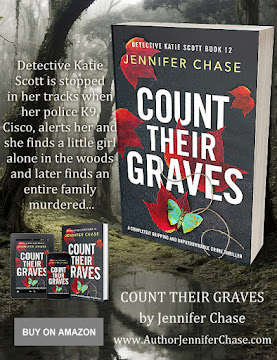



















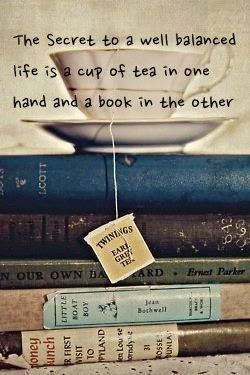











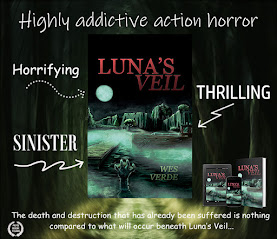
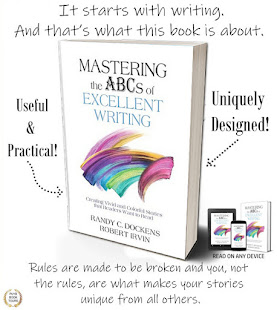
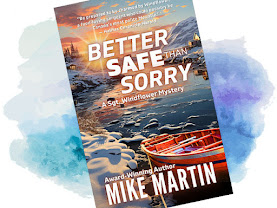














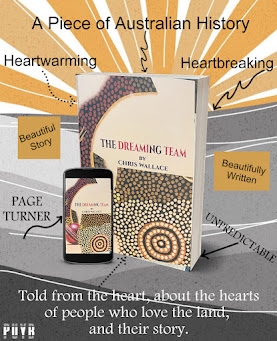

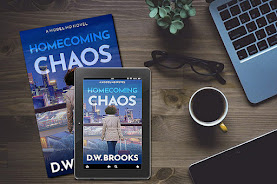


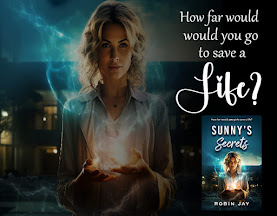

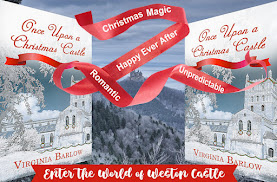


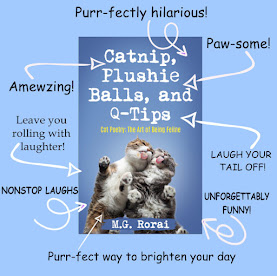



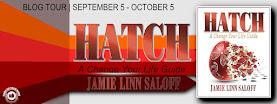



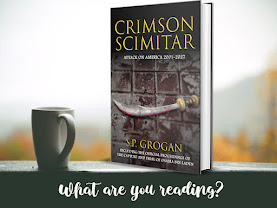


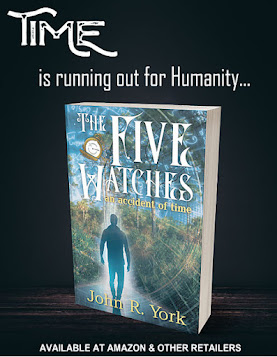

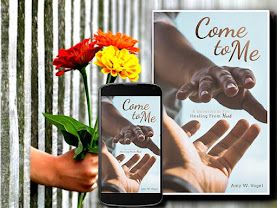



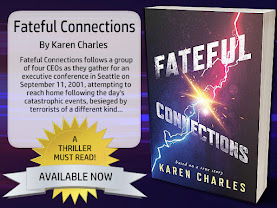


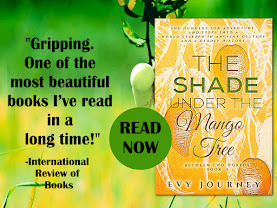







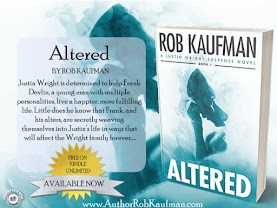
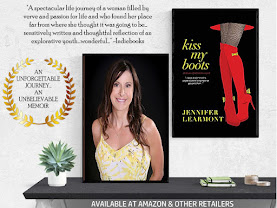
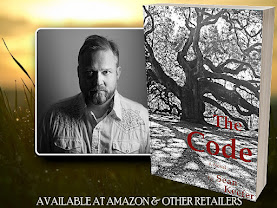

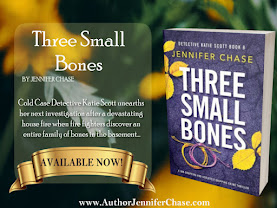

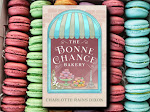
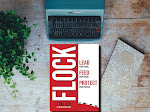


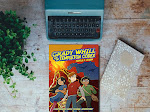


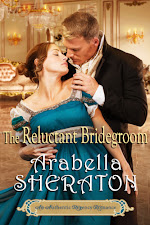
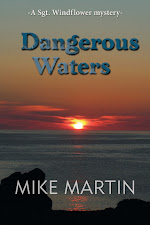



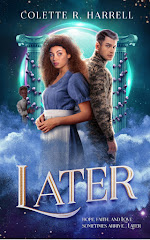
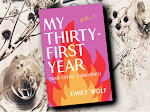
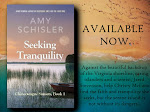


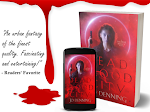


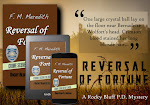

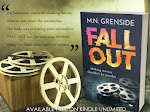


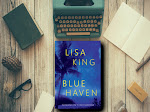




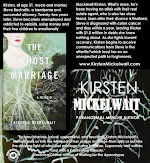

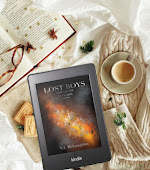
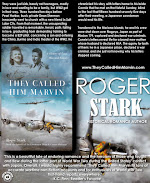

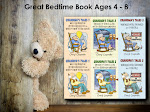

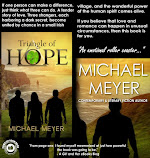
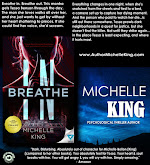
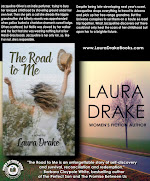


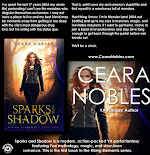
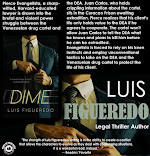

























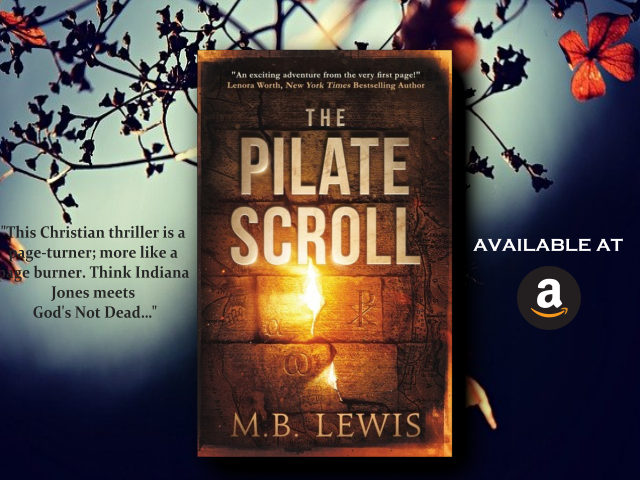













Loved this insightful glimpse into the mind of an obviously very talented writer.
ReplyDelete